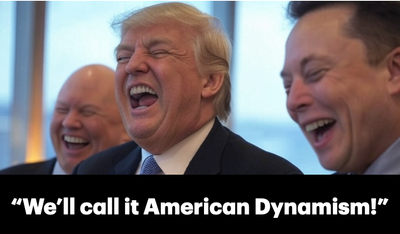The Globalization of Innovation Investing: A Revolution in the Wake of Venture Capital's Collapse
Globalized, borderless innovation and investment will rise from the rubble, helping to transform the startup funding landscape for the next wave

This post is for subscribers only
Subscribe to continue reading






